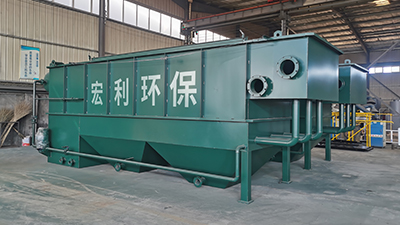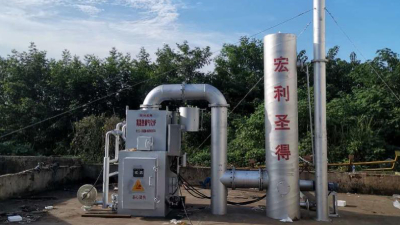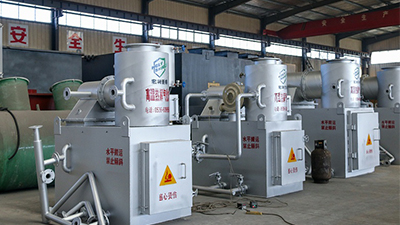


First of all, after the sanitation garbage truck transports the waste to the incineration site, it is weighed by the weighbridge, and then drives to the discharge port to dump the waste into the garbage station.
Subsequently, the waste hoist feeds the waste into the feeding silo, and the waste falls to the boiler grate, where it is ignited in the furnace. In addition, the fan connected to the waste pit sends the gas into the furnace and is suitable for ignition. The waste and precipitation gas after high temperature ignition can be converted into less harmful sediment and cleaning gas, and the ignited coal ash will be removed.
After entering the slag discharge equipment, the coal ash is refrigerated and then shipped to the brick factory for recycling. The burning flame and high-temperature flue gas will transfer heat through the heating surface of the heating furnace to generate high-temperature steam, which provides the driving force for the steam turbine generator set.
Ultimately, the steam power turns the rotor of the generator motor to generate the required electromagnetic energy. The flue gas must be resolved and the relevant index values meet the environmental protection regulations before it can be discharged from the chimney. The sludge collected by the flue gas cleaning equipment is hazardous waste and needs to be relatively harmless before it can be transported to the safe landfill of the garbage disposal site. Landfill leachate and other sewage can only meet environmental protection standards after being harmless
